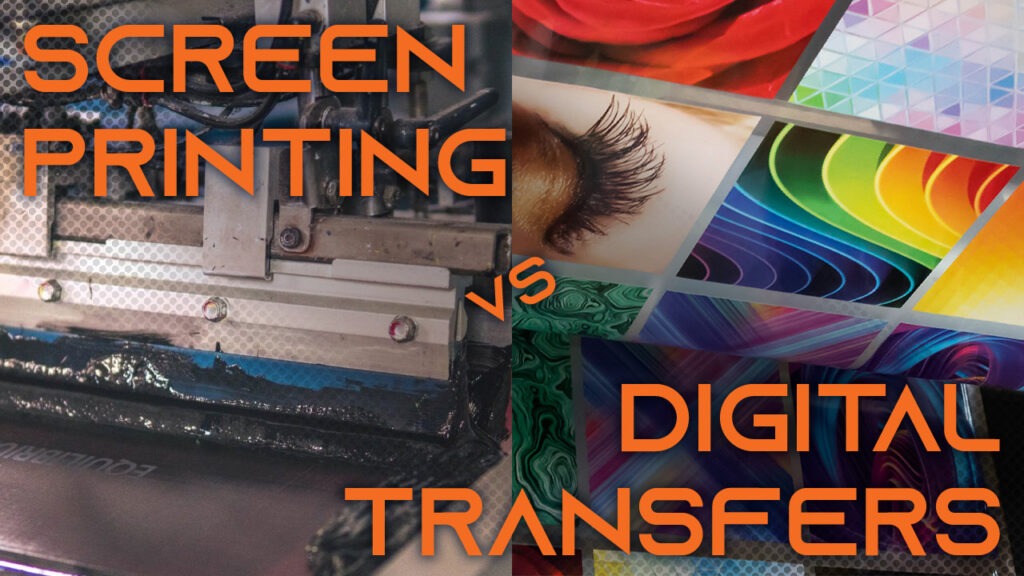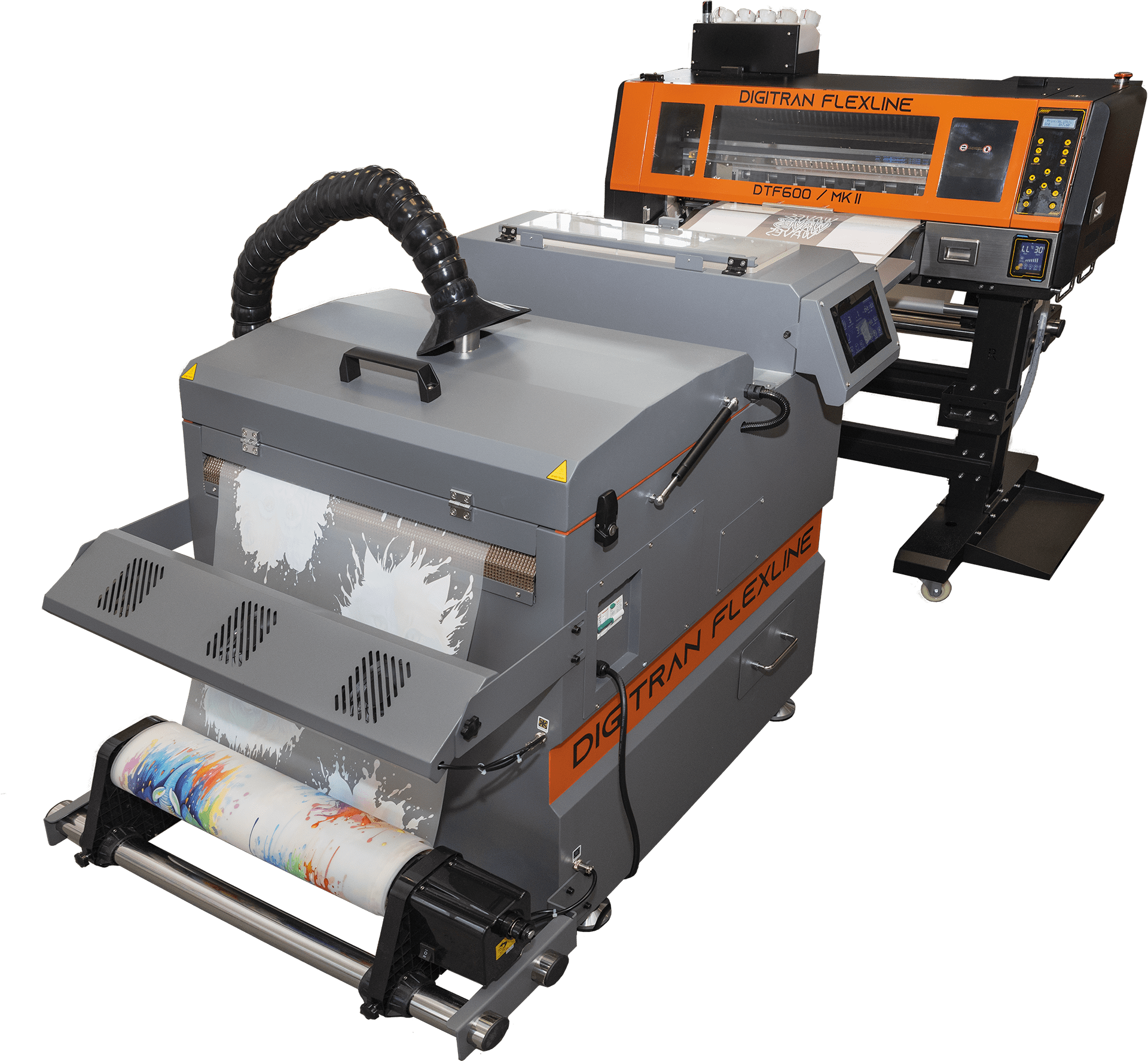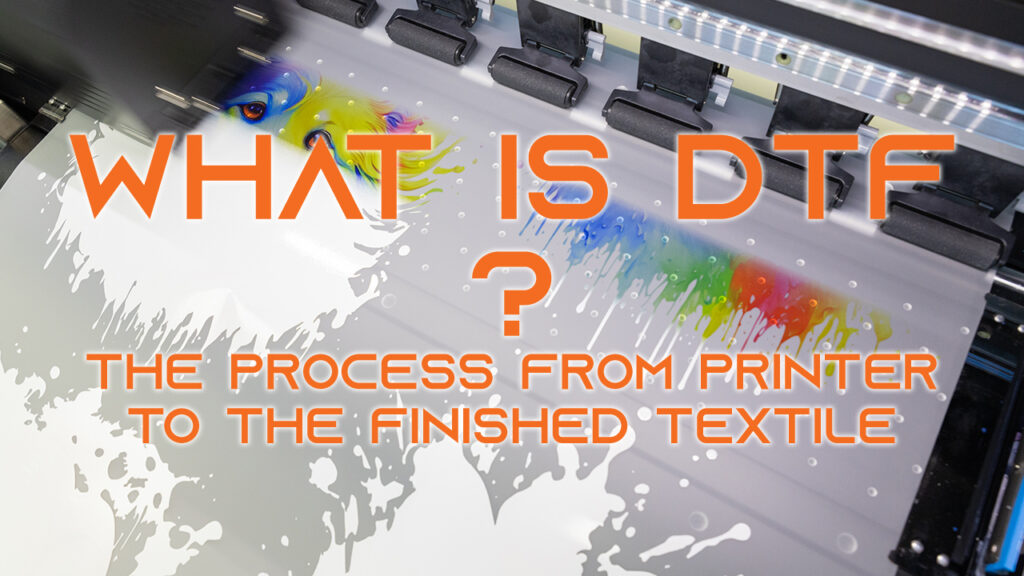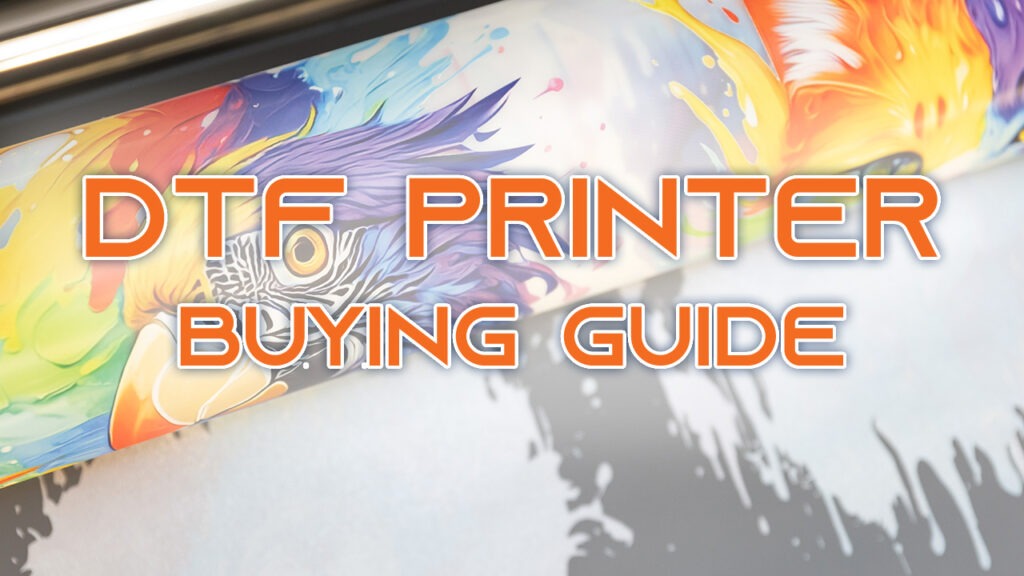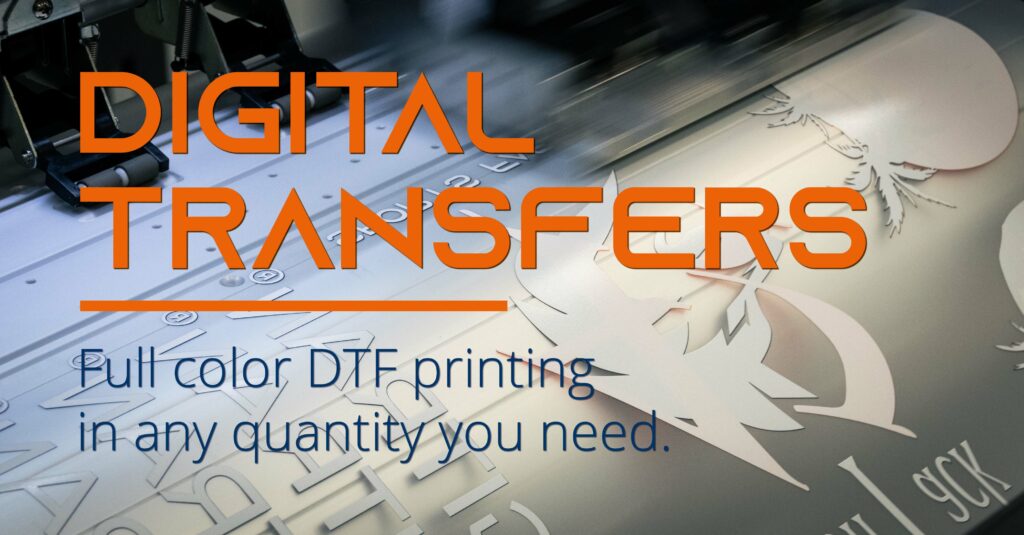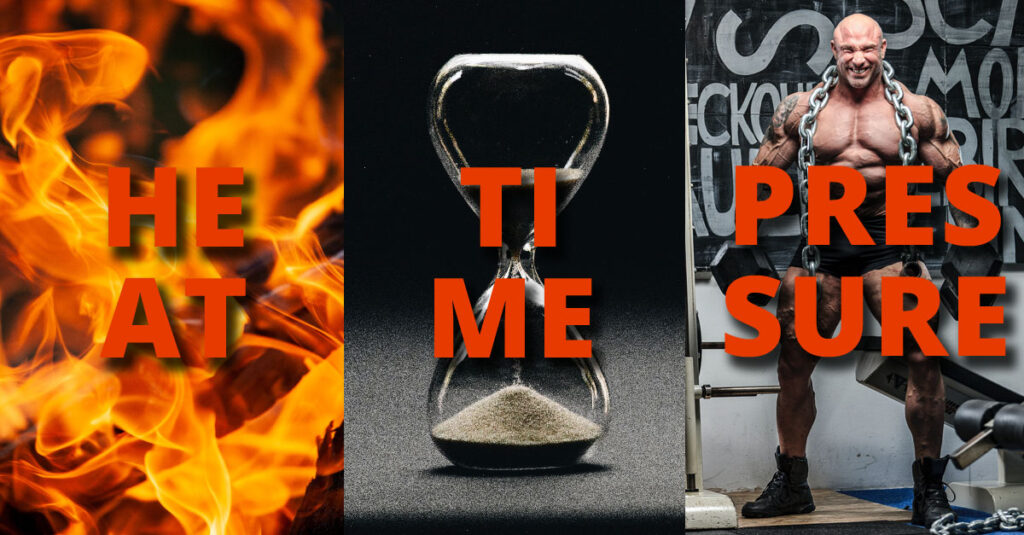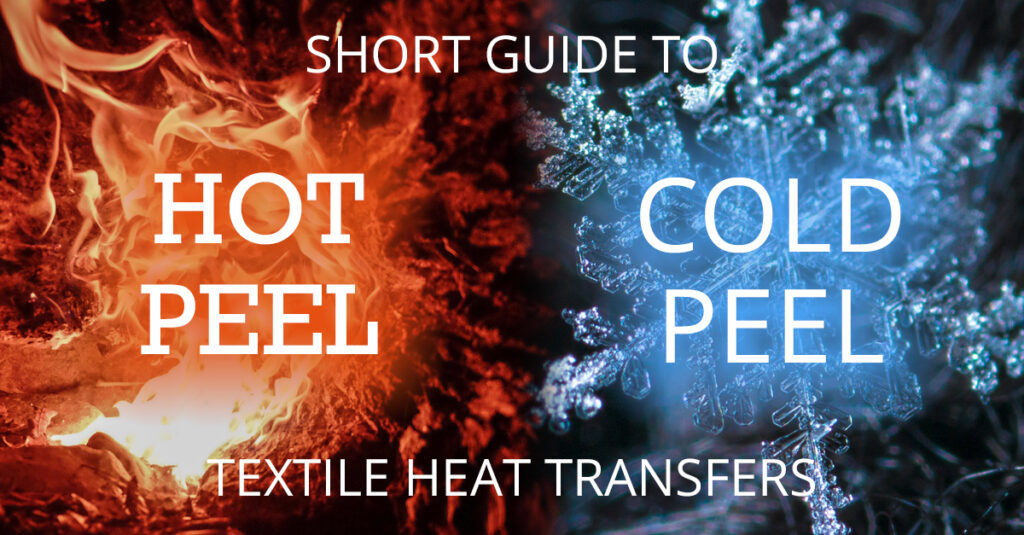Revolutionizing product decoration:
Digital transfer printing versus screen printing
When it comes to printing on products, choosing the right printing technology is crucial to achieving an impressive and vibrant result. While screen printing has long been a conventional choice, digital transfer printing stands out as a revolutionary alternative, offering unrivaled quality and versatility. In this comprehensive guide, we will look at the intricacies of screen printing and digital transfer printing, highlighting the superior qualities of the latter for a transformative experience in product decoration.
Understanding the types of printing
Screen printing: a traditional technique
Screen printing, often praised for its longevity in the printing industry, follows a systematic process that has been refined over the years:
Creation of the screens: The first step is to create the desired image or logo in the form of a screen. This screen is then mounted on a frame.
Printing:The frame and screen are carefully positioned over the target product and filled with an ink. The color is then pressed through open pores in the screen onto the surface of the product, forming the final design.
Common applications: Screen printing has its place in the decoration of various products, from textiles to packaging.
Although screen printing is a reliable choice, its limitations are evident when compared to the transformative possibilities of digital transfer printing.
Digital transfer printing: the essence of image quality and versatility
Digital (heat) transfer printing represents a paradigm shift in the world of product decoration. Here's a closer look at why it outperforms screen printing in several key aspects:
Unsurpassed image quality: The hallmark of digital transfer printing is its ability to produce photorealistic images that surpass the traditional limitations of screen printing. The clarity, vibrancy and precision achieved with digital transfer printing are unparalleled, allowing for intricate and detailed designs that captivate the eye.
Versatility in materials: One of the outstanding features of digital transfer printing is its versatility. This method can be seamlessly applied to a variety of materials, including glass, plastic, metal, ceramic and textiles. The beauty of the design is maintained regardless of the color or composition of the underlying product.
Inclusion of variable data: Unlike screen printing, digital transfer printing opens up a world of possibilities for integrating variable data into your design without the need for new stencils. Whether you need to include QR codes, barcodes or other unique identifiers, digital transfer printing allows for seamless integration and offers unprecedented design flexibility.
Flexibility in print runs: Digital transfer printing removes the limitations associated with set-up costs and enables print runs of almost any size. This flexibility is a game-changer, especially for projects with varying quantities, making it a cost-effective solution for short runs.
Economic advantages: In the world of product decoration, cost-effectiveness is a decisive factor. Digital transfer printing stands out as a cost-effective solution, even for short runs. This is in stark contrast to screen printing, which can incur set-up costs that are a hindrance for smaller projects.
Fine printing with DIGITRAN: a pioneer in digital transfer printing solutions
Enter DIGITRAN, where we specialize in innovative digital transfer printing solutions that are destined to redefine the product decoration environment. Our technology is designed to deliver unsurpassed image quality and flexibility, setting a new standard in the industry. Whether for textile applications, cosmetic products or completely different applications.
Whether you envision complex designs, vibrant images or the seamless integration of variable data, our digital transfer printing film is designed to meet and exceed your expectations. Enter a world where your product stands out not only through quality, but also through the art of its decoration.
Conclusion: The future of product decoration reveals itself
In the dynamic world of product decoration, the choice between screen printing and digital transfer printing is clear. While screen printing has a rich history, digital transfer printing represents the future - a future characterized by unsurpassed image quality, versatility in materials and a flexibility that adapts to the unique requirements of each project.
Enhance your product decoration experience with digital transfer printing. Contact the experts at DIGITRAN today and embark on a journey where every detail counts and every design is brought to life with unparalleled brilliance and precision. Revolutionize your product decoration - choose digital transfer printing for a transformative and vibrant result that leaves a lasting impression.
Stay tuned for more tips and insights on digital transfer printing in our upcoming articles.
And for a deeper insight, we are always available for you.
Contact Us
for a non-binding and personal consultation on the subject of digital transfer printing.
DTF printers - digital transfers for textiles
Our solution for advanced users.
To be able to produce transfers in digital printing yourself, a DTF (Direct to Foil) printer is the best choice. Such machines consist of a printing unit and a finishing unit, which are built in line. Such a machine system is e.g. the DIGITRAN FlexLine DTF600 MK-II.
This DTF printing machine is equipped with two high-quality and durable print heads and optimized for FlexInk inks. High ink coverage, color fastness, washability and OEKO-Tex certification are just a few of the advantages this system offers you.
In addition, this system relies on a hot-melt powder with which cotton, polyester as well as blended fabrics are easy to print. The powder unit also ensures that the powder is applied evenly to the print without clumping. After tapping, the printed image is dried in a drying tunnel using IR lamps. The printed film is then cooled and wound onto a roll.
Thanks to this fully automatic printing technique, multicolored motifs can be printed quickly, easily and cost-effectively. Without screen production, cleaning or additional drying.
Click on the button to get in touch with us directly and receive personal advice. So that your products can also benefit from this unique, clean and digital printing technology as quickly as possible.
Further Posts
What is DTF? We explain it!
Welcome to the fascinating world of DTF printing, where flexibility and quality come together. Dive into our detailed insight into the process – from the innovative DTF printers to the automatic powder shakers to the transfer press. Discover how this technology is redefining the boundaries of printing.
The solution for custom designs on t-shirts, hoodies, bags, sportswear and workwear: DTF Digital Transfers.
Thanks to the combination of digital printing and heat transfer technology, textile transfers can be printed in small quantities, full-color and in the shortest possible time. Thus, the outstanding opacity and feel known from plastisol and screen printed transfers is now also available in small quantities.
Besides many other factors that can influence the heat transfer process, the three most important ones are heat, time, and pressure. No matter if it is a textile transfer or a transfer for packaging applications, you should know about the effect of these parameters and how a transfer is affected by them.
Textile heat transfers come in three technologies when it comes to peeling. This can be “hot peel”, “cold peel” or “hot split”. But what is the difference between them?

